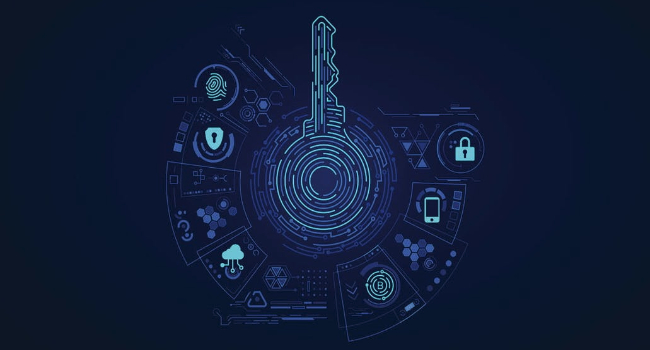
Back to the Basics
- By Megan Schulze
- Jan 25, 2023
Security is a continuous evolution of practices and procedures. The developments in technology and advancements in threats make security difficult at times. Although security from one location may look different from another location, there is a common goal applied to security measures. The common goal is protection.
To understand what your security measures are protecting, you must know what your assets are. Why are your assets important and to what degree of damage would the loss of these assets cause. Loss is not defined solely in monetary value, but also in life. Security practitioners are familiar with common assets that require protection. People will always be an asset however; the degree of damage the loss of people cause will differ from one location to another.
Structures are another common asset that requires protection. A basic question to ask regarding this asset is, can the mission continue in another location or structure? Alternatively, will the loss of your current location cause significant impacts in operations? Information systems are now inevitable in any business and are an important asset. With information systems, the physical loss is not as high as the loss of information on the information systems. Protection of this asset will obviously look different from those security measures protecting person or structures.
Why bring up the common knowledge of what assets are and how the loss of those assets can affect a business?
Because security requirements shift, creating an unacknowledged gap in basic security measures. The shift in requirements may be based on a new project or customer however; the security measures may be shifted or altered but they do not change. Evaluate all assets to determine the proper type of security. It is the security practitioner’s responsibility to address the assets and applicable security measures.
What security practitioners should focus on is getting back to the basics. Security practices and procedures have developed into an extensive list of “check the box” items that standard security measures have become an afterthought. Back to the basics consists of physical security, information security and staff security.
Physical security should focus on basic access requirements to facilities, information and information systems. Information security should focus on proper handling (including marking and destruction) and safeguarding of information. Staff security should focus on applicable clearances, reporting and access levels.
When security practitioners focus on the basics, day-to-day, their entire security program can be manageable. Back to the basics’ principles are lost when security practitioners lose focus and turn to a reactive mode. Reactive mode can occur for many reasons. One reason may be that the security practitioner is overwhelmed with the amount of work they have. A lack of organization skills may cause an overwhelming feeling. Another reason may be that the security practitioner lacks understanding or even experience in some or all of the security disciplines required for their position. What is important is that the security practitioner acknowledges they do not know everything and knows where to find the answers.
Operating in a reactive mode will never allow any security program to be effective. If a security practitioner finds himself or herself in this situation, they should take a moment to step back and reflect as to why they are in their current position. There could be a multitude of reasons why: lack in management support; lack of funding; or lack in expertise, to name a few. Identifying this cause is a great step towards identifying the best solution. In the end, a security practitioner should be honest with themselves in regards to their knowledge, expertise and capability in creating, implementing, and managing a security program.
About the Author
Dr. Megan Schulze has more than 20 years of experience with the Department of Defense. She obtained her Doctorate in Business Administration with a focus on Homeland Security Leadership and Policy. Schulze has created, implemented and managed multiple security disciplines.